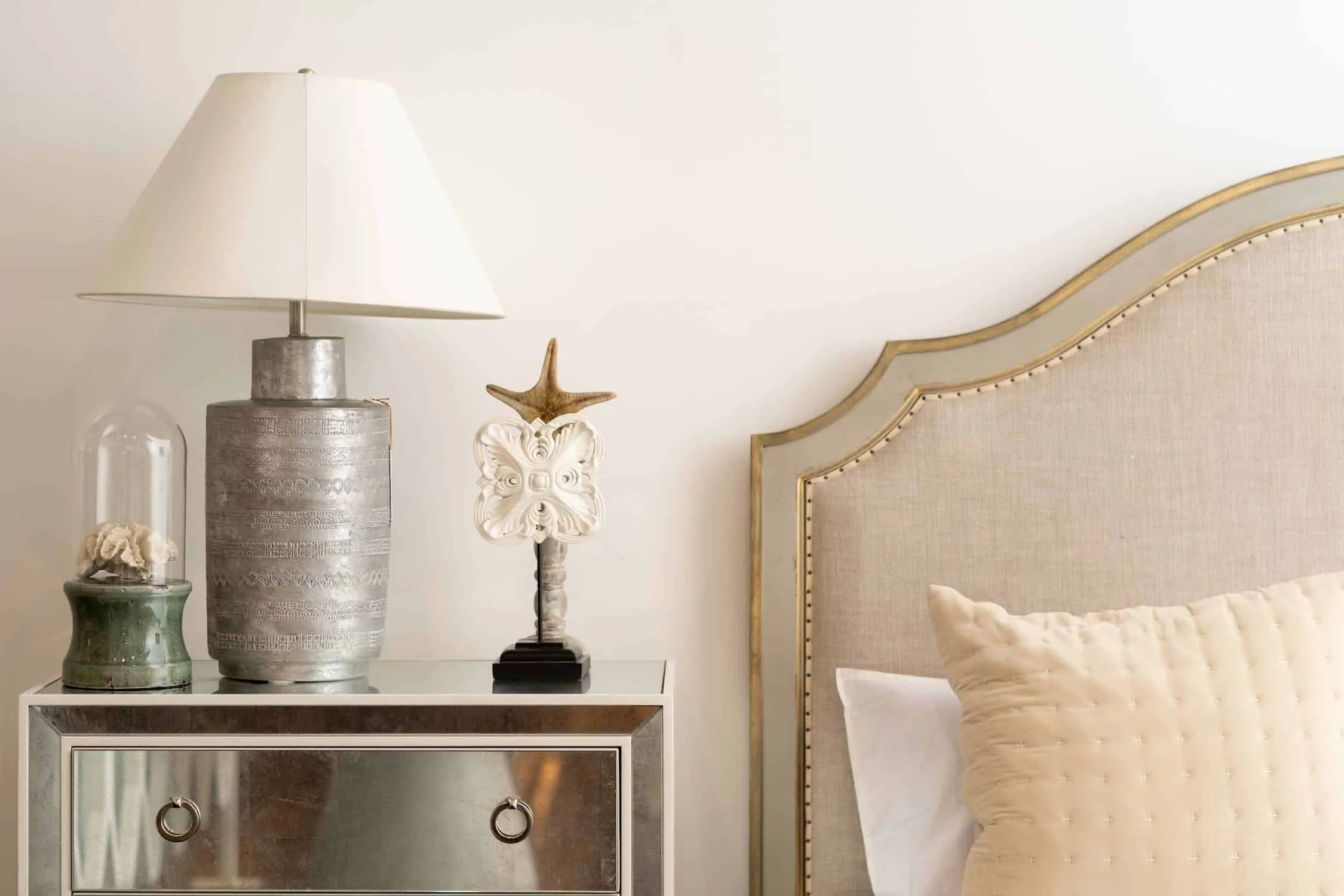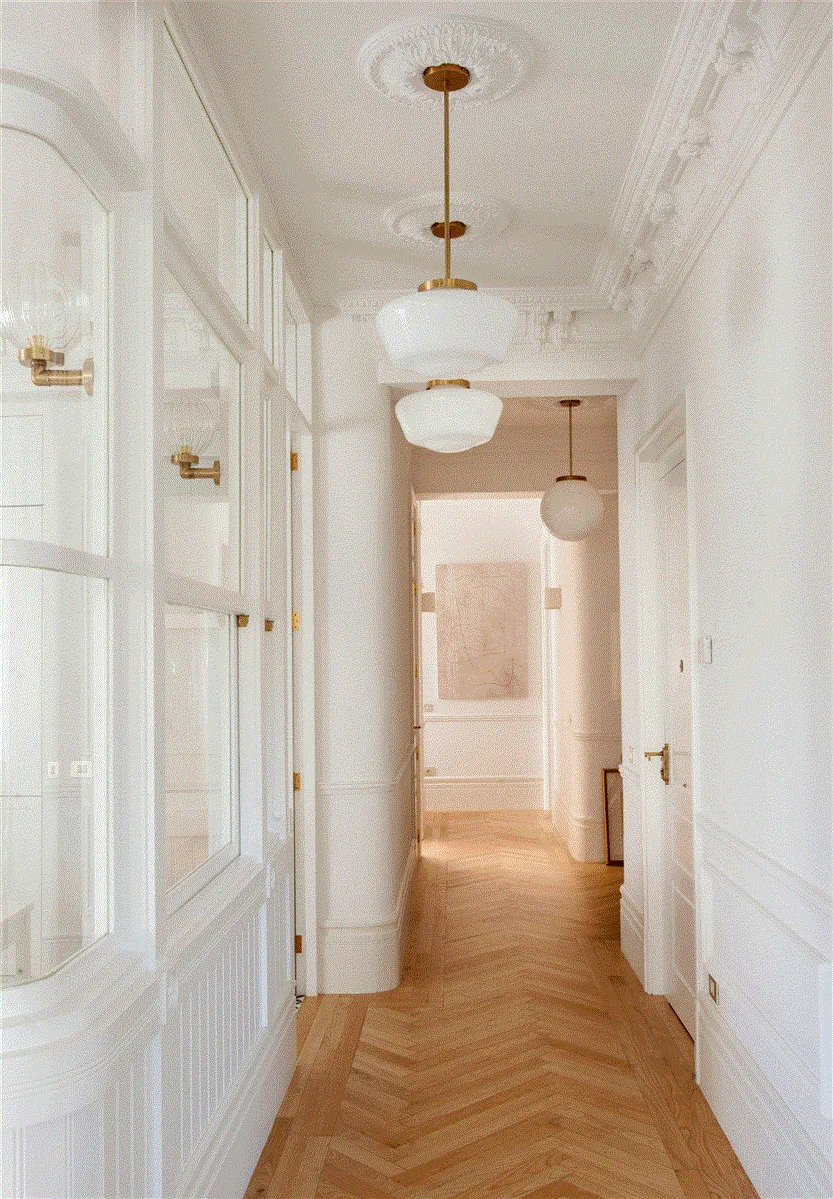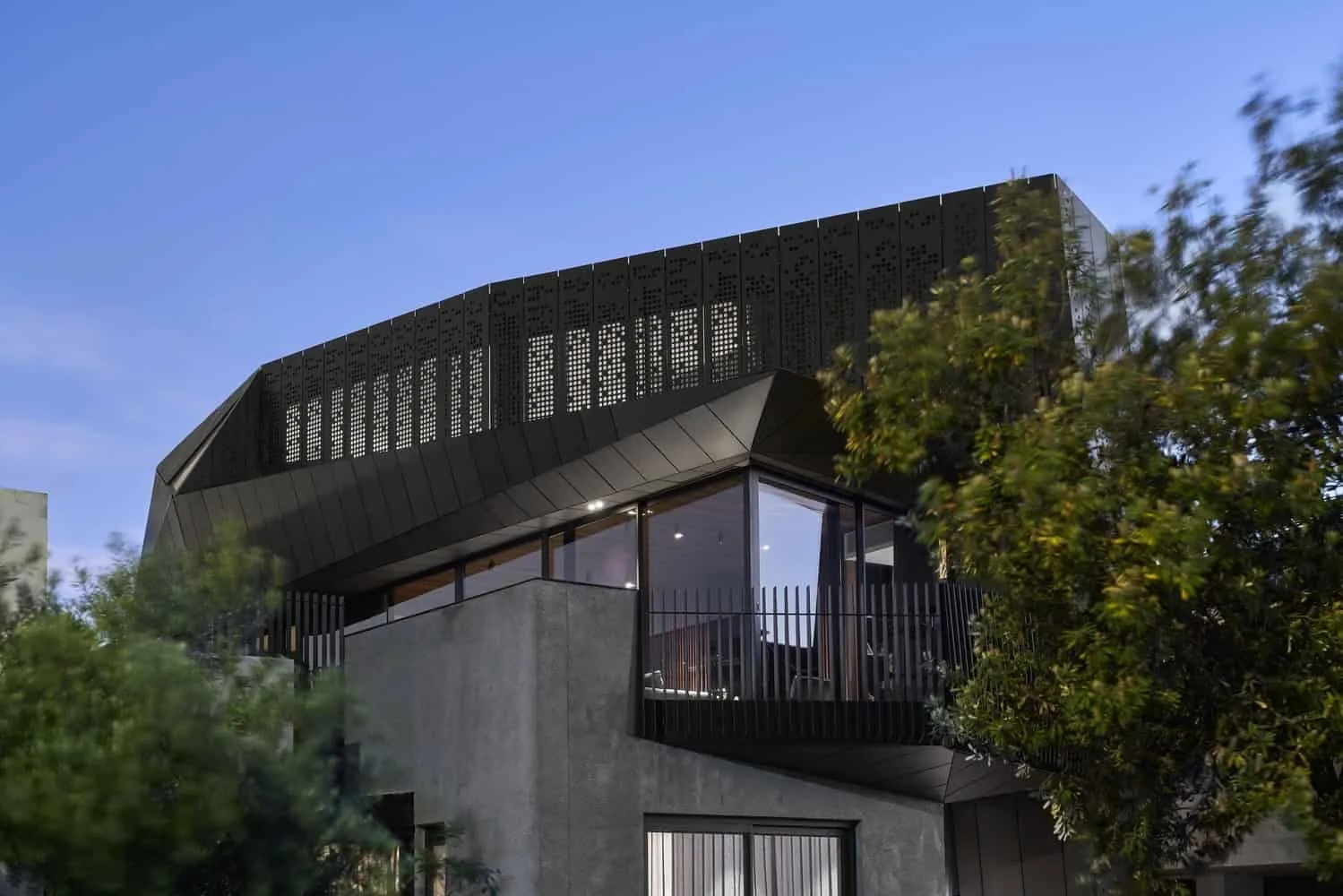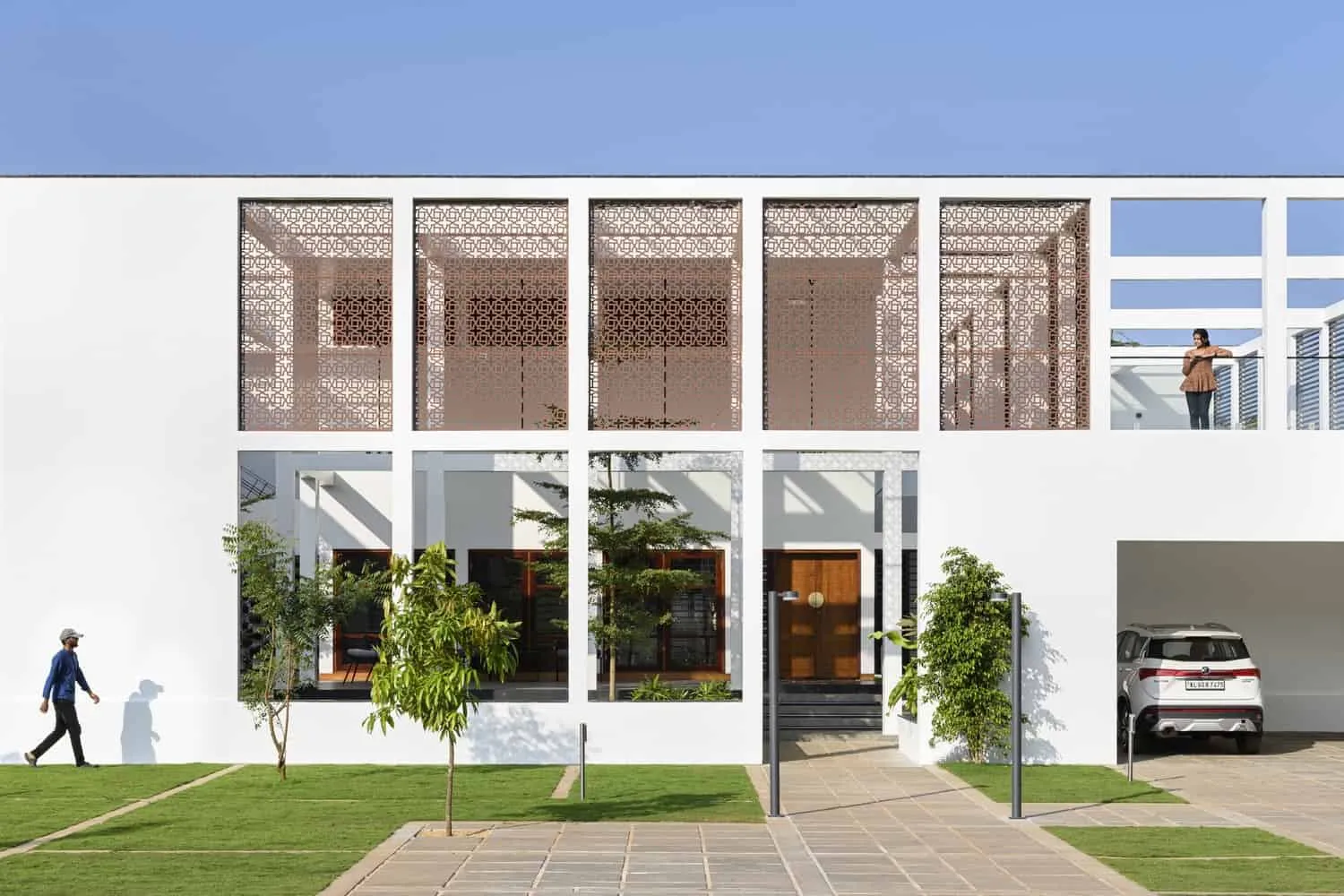There can be your advertisement
300x150
Home as a Sanctuary: Exploring the Relationship Between Space and Wellbeing
Finding tranquility in our homes has become more important than ever, and our homes have become cozy sanctuaries where we can escape from daily life. The design of a home and its atmosphere influence our wellbeing, so understanding the connection between space and wellbeing can help us create a harmonious environment that supports our mental and emotional health.

Elements of Relaxation
Colors, textures, and lighting play a key role in creating a home sanctuary. These elements can influence our health and environment. For example, a cozy living room with soft furniture, fluffy blankets, and silk lampshades can promote comfort and relaxation. Although silk lampshades make up only a small part of the room, they add an appealing look, improve the overall appearance, and create a calm atmosphere. Remember that it's important to consider how our living conditions affect overall wellbeing.
Using Natural Light
According to research, certain design principles can positively impact our mental health. Natural lighting is one such principle since it has been proven to improve mood, increase productivity, and regulate sleep cycles. Additionally, incorporating elements of nature such as plants and green zones into our living and working spaces further enhances the positive impact on mental wellbeing, reducing stress levels and improving overall cognitive function.
Clutter-Free Spaces for Calm
Moreover, the layout and placement of furniture and other items in a space can significantly influence our feelings. Cluttered areas may cause people stress and anxiety, while well-organized and neat spaces promote calmness and serenity.
The Psychology of Color
The influence of color on our emotions is another important factor to consider. Different shades can evoke various feelings and moods. Using color in home decor and understanding how it affects our emotions can help us create a space that supports our emotional needs and enhances overall wellbeing. In the case of luxurious interiors, the importance of color becomes even more evident. Luxurious design not only enhances the aesthetic appeal of our living spaces but also adds an element of sophistication and elegance. This heightened sense of luxury can significantly impact our emotions and psychological wellbeing.
Green Healing Inside
Including nature in our living spaces also affects our mental and physical health, beyond these design issues. For instance, indoor plants add a touch of natural beauty and improve air quality and oxygen levels, making the space fresher and healthier.
Conclusion
In conclusion, homes play an important role in our wellbeing because they are much more than just physical structures. They serve as our sanctuaries. We can create an environment that supports our mental and emotional wellbeing by paying attention to the layout and atmosphere of our living spaces. Every decision we make can influence the overall wellbeing of our home—whether it's adding elegant details like silk lampshades or prioritizing natural light, organization, color psychology, and incorporating nature. So let's take the opportunity to make our homes sanctuaries where we can care for our body, mind, and soul.
More articles:
 Stylish Ideas for Hall Decoration in Autumn
Stylish Ideas for Hall Decoration in Autumn Wall Graphic Layout for an Elegant Look
Wall Graphic Layout for an Elegant Look Corridors That Will Elevate Your Love for Railings
Corridors That Will Elevate Your Love for Railings Hanging Chair for Cozy Moments at Home!
Hanging Chair for Cozy Moments at Home! Hanna Villa by Eade Va Ejra: Overlapping Cubes Create a Private Oasis in Kashan
Hanna Villa by Eade Va Ejra: Overlapping Cubes Create a Private Oasis in Kashan Ideas for Parquet Flooring in Different Rooms and New Trends
Ideas for Parquet Flooring in Different Rooms and New Trends Harold House by Coy Yiontis Architects in Middle Park, Melbourne
Harold House by Coy Yiontis Architects in Middle Park, Melbourne Harris House by Studio Acis in Kanhangad, India
Harris House by Studio Acis in Kanhangad, India